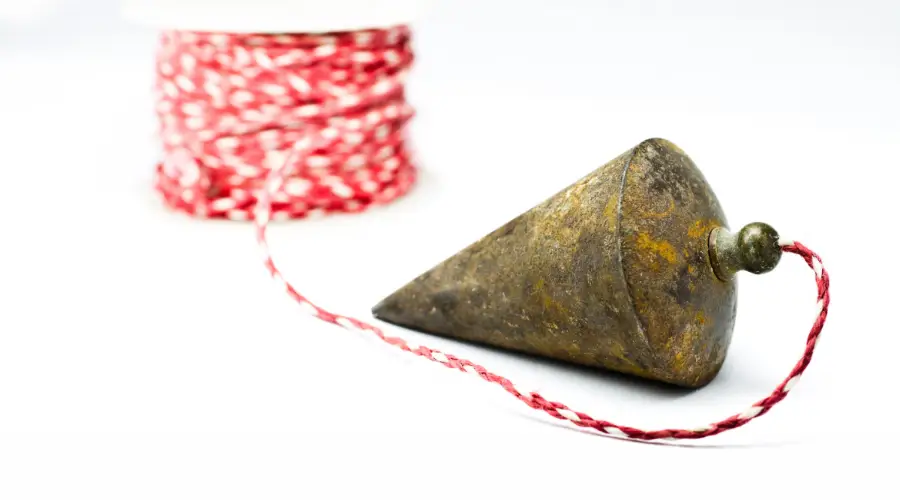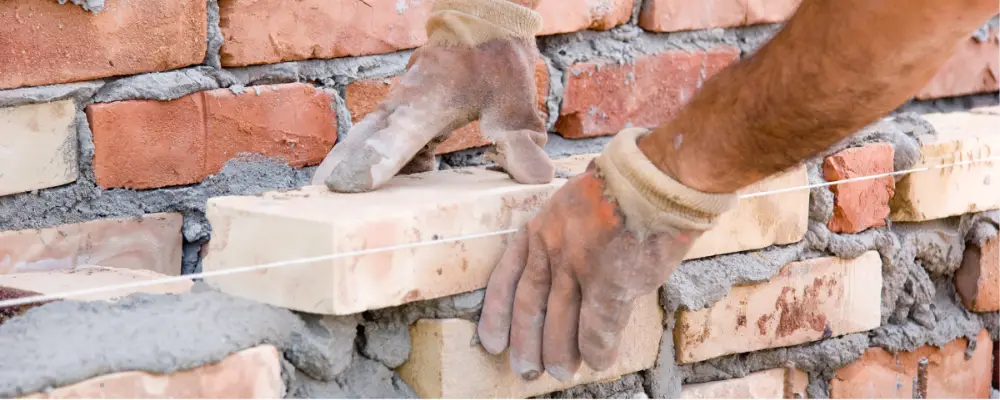Brick masonry is a construction technique that uses bricks and mortar to construct structures of high strength, durability and aesthetic beauty. Joints are methods of filling gaps between different types of bricks and also binding them together for strength. This blog will give a detailed understanding of cross joints in brick masonry, as well as their purpose and construction.
What is a Cross Joint in Brick Masonry?
A cross joint or perpend is a vertical joint that separates the bricks or blocks in a horizontal course or cross-section to form a wall. The cross joints are usually filled and sealed with mortar. These joints on the alternate courses should lie vertically above each other to ensure the structural integrity and elegant looks of the wall. English Bond and Flemish Bond are two of the common bond types that utilise cross joints.
Purpose of Cross Joints in Brick Masonry
- The primary purpose of using cross joints in brick masonry is to help distribute the loads acting on the wall evenly across the structure without causing damage.
- They provide resistance against shear forces to prevent sliding of walls.
- They prevent the structure from external moisture and water damage.
- They bind the bricks together, creating cohesion between adjacent bricks to form a stable wall structure.
- Uniform layers of bricks create an aesthetically pleasing look on the wall surface.
Characteristics of Cross Joints
- It is a vertical mortar joint where two bricks on a consecutive layer meet at right angles.
- The cross joints are formed both as a head joint and as an end-to-end joint.
- Running bonds, English bonds and Flemish bonds are built using cross joints.
- It helps distribute the overlying loads uniformly across the structure.
- Usually, the mortar used for cross joints are 10 to 15 mm thick.
- The alternate courses of the brick wall are aligned similarly.
Materials and Tools Used in Brick Masonry
Materials
Bricks
Brick is the basic building material used in brick masonry that provides strength and weather protection. Some of the common types of bricks used in masonry work are clay bricks, concrete bricks, and facing bricks. Bricks are also available in different sizes and grades, based on different functional and structural requirements.
Mortar
It is a mixture of cement, sand, and water in a homogenous state that is used to fill and seal the gaps between bricks in the masonry walls. A mixture using lime and water can also be used to make mortar that is more sustainable. The mix ratio of the mortar depends upon the type of bricks and the purpose of the wall.
Tools
Trowel
Trowels play a major role in masonry work. They are available in different sizes, ranging from 5 cm to 30 cm in length, and are used to spread mortar between brick courses, to cut bricks to form brickbats and to shape mortar joints.
Plumb Bob

It is a wooden top-like tool attached to a string. This is used to check the vertical alignment of the brick wall.
Straight Edge
It is a long aluminium rectangular rod that is used to check the horizontal alignment of bricks on a wall or pillar. This tool is available in different lengths and is used based on structural needs.
Spirit Level
This is yet another horizontal levelling tool usually used along the straight edge to check the horizontal levels of flat surfaces.
Mason’s Square
It is a right-angled wooden or metal scale that is used to check the right angles of the structure.
Steel Tape
The steel tape used for the masonry works is generally 3m in length and is used to measure the length, width and height of small structures and for marking the distance between different elements.
Chisel and Mallet
The chisel and mallet are used to cut and shape bricks to make brickbats for openers and closers. Mallet can also be used to position the brick on the mortar bed along the horizontal course.
How to Construct Cross Joints in Brick Masonry?
- Pour the mortar evenly across the surface to create a mortar bed.
- Lay the first course of bricks on a straight line and ensure that it is properly aligned using a spirit level.
- Spread the mortar evenly over the first course using a trowel to create a strong bond.
- Place the next layer of bricks in a staggered manner, ensuring that the adjacent bricks meet at the vertical cross-joints. Apply mortar to fill the gaps depending on the standards and practices.
- Continue laying the bricks of each course and ensure that the cross joints are properly aligned.
- After all the bricks are laid, provide a smooth finish to the mortar joints, ensuring they are well compacted and aesthetically pleasing.
- Allow the mortar to cure for a few days until it achieves maximum strength.
Conclusion
Cross joints play an important role in masonry works and ensure stability, strength, and aesthetic appeal. They run vertically across the wall in a straight line, ensuring the uniform distribution of loads. These joints are widely used for their balanced properties between looks and strength, making them suitable for different construction needs.

